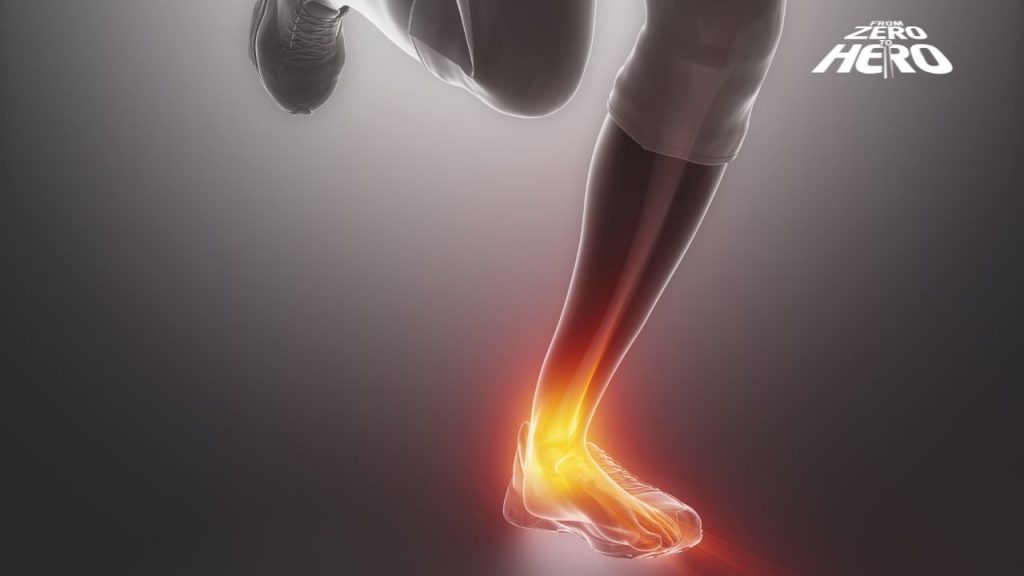Tendon inflammation has always been one of the most common issues affecting athletes, often forcing them into periods of rest, sometimes compromising their entire competitive season. A tendon is the portion at both ends of a muscle that connects it to one of the bone ends at the joints, thus playing a crucial role in movement.
Inflammation is a defense mechanism, a protective system that the body adopts when an external agent disturbs or damages its integrity or homeostasis. There are many causes that can trigger an inflammatory process in tendon structures, but let’s focus on the most common one, which accounts for 97 out of 100 cases of tendinitis: functional overload.
The tendon is a very strong structure, primarily composed of collagen and elastin. This composition gives it great strength, but at the cost of elasticity. Additionally, due to its poor blood supply, the ability to repair any kind of damage, even minor, takes much longer compared to the same kind of micro-injury in muscle tissue.
A continuous and repetitive movement over a short period exposes the tendon to loads or tensions that exceed its physiological capacity, leading to micro-injuries and triggering the inflammatory process. Thus, tendinitis is already a sign of a “micro-tear” in the tendon.

When the inflammatory process successfully repairs the tissue damage in the short term, we refer to this as a “restitutio ad integrum,” or resolved acute tendinitis.
However, when functional overload, repeated athletic movements, or closely scheduled training sessions do not allow enough time for the inflammation to repair the micro-injury and regenerate functional tissue, the injury may either not heal, heal with replacement tissue (fibrosis), or worsen, becoming a full tear.
In this case, the inflammation persists and becomes chronic.
Chronic inflammation differs greatly from acute inflammation, one reason being the near-certainty of not achieving a complete restitutio ad integrum. Moreover, in the chronic state of any condition, the individual may deal with a pain no longer due to the original injury, but a form of “pain memory,” where pain becomes the pathology itself.
The signs and symptoms of inflammation include pain, swelling, redness, and, in severe cases, an inability to use the inflamed tissue, making it difficult to recruit strength in the corresponding muscle.

How to Avoid Functional Overload and the Risk of Inflammation?
First, ensure maximum comfort for all joint segments by paying close attention to the technical execution of movements.
It is important to focus on both static and dynamic stretching, joint mobility, and alignment of various joint segments.
Proper use and care of all equipment that can assist and facilitate movement is fundamental.
Post-training recovery and rest days are critical for prevention: massages, manipulations, physical therapies, and regular attention with your trusted physiotherapist are essential.
For at-home care, self-massage tools and fascial manipulation equipment such as rollers and balls are helpful, as well as the use of natural anti-inflammatory ointments.
I’ll leave aside the discussion of cryotherapy for now, as it could be the subject of a separate article.
And if, despite all these precautions, you still find yourself dealing with a tendinitis episode, the first recommendation is to have a diagnostic confirmation through clinical evaluation, such as an ultrasound or MRI.
Recent guidelines from sports medicine congresses and scientific results advise against combining corticosteroids with substances like hyaluronic acid or PRP. It’s better to administer one or the other, depending on the case. In cases where even minimal damage to the synovial sheaths of the tendons is present, prolonged corticosteroid use is discouraged.
A periodic diagnostic examination or one at the end of rehabilitation is always preferable to ensure the complete restitutio ad integrum of the damaged tissue.
That being said, give your medical and physiotherapy team full autonomy: the trust you place in your team is 50% of the path to recovery and resuming your sports activities.
Antonio Guglietta
DOCTOR OF PHYSIOTHERAPY at the University of Rome “La Sapienza”
DIPLOMA IN OSTEOPATHY
Athlete until the age of 17 (he won a Youth Championship with A.S. Roma!)
Participated as a physiotherapist in several Olympic Games
Head of the physiotherapy department at the Olympic Preparation Center in Formia


